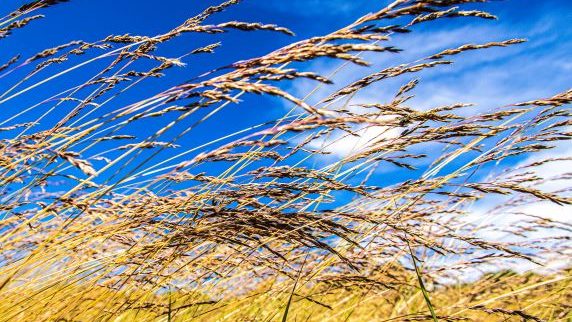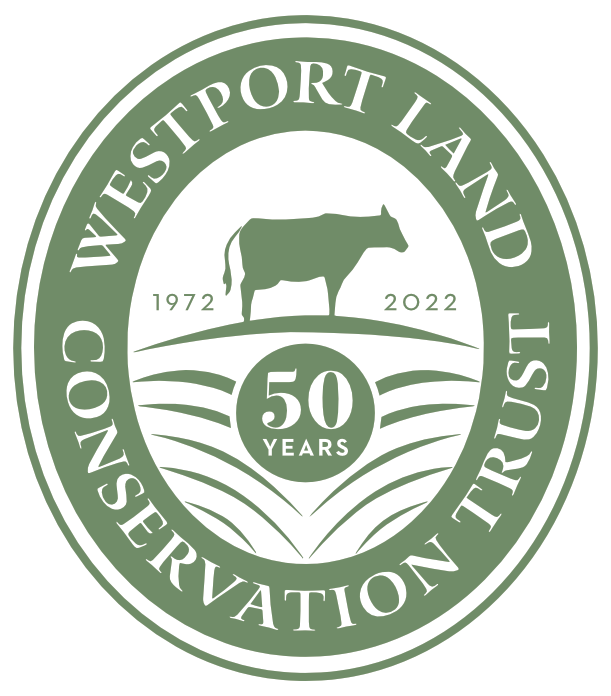Note from Nate McCullin, WLCT Land Stewardship and Outreach Manager

As the solstice approaches and our days are shorter the landscape begins to change from vibrant reds, yellows and oranges finally settling into calming hues of gray and brown. This is a sign of senescence and the beginning of dormancy for many plants. It is also the time when seed has matured and is ready for collection. Our backyards are full of resources we may not be aware of in the form of native seed.
For those that have experience growing from seed you know the personal connection that happens from start to finish and how satisfying it feels. It is a great way to better understand the plants in your landscape and a more economical way to expand home gardens. While we have many months before spring, it is now time to start thinking about what we want in our gardens next year. Get the family involved with a seed collection exploration for kids and sow them together so they too can feel the connection when they emerge in the spring.
Native perennial and grass seed can be quite different from the seed packets we are used to purchasing at the store. They are often small, hard to separate and properly store, and also have varying stratification requirements. Seed stratification is a process where seeds are pretreated in order to stimulate natural conditions that seeds would experience in the soil over winter. These conditions cue the plant to germinate come spring when temperatures begin to rise.
Sowing native seed outdoors in the fall is the perfect time as it will naturally stratify without using complicated methods and refrigeration. As a general rule you can be assured that seed is ready for collecting when it begins to naturally drop from the plant with little disturbance or coaxing. Great native plants you may have in your backyards to start collecting seed from include Rudbeckia fulgida (Black Eyed Susan), Baptisia australis (False Indigo), Pycnanthemum muticum (Mountain Mint) and grasses such as Panicum virgatum (Switchgrass) and Schizachyrium scoparium (Little BlueStem).
These can be collected now and directly sown into the ground or trays. Trays will need to be covered in metal screening to prevent rodent damage but can remain outside all winter with little to no attention. Make sure to clearly label your seeds and trays. For more detailed information on native seed collection, storage, propagation and purchase check out the Wild Seed Project based in Maine.

